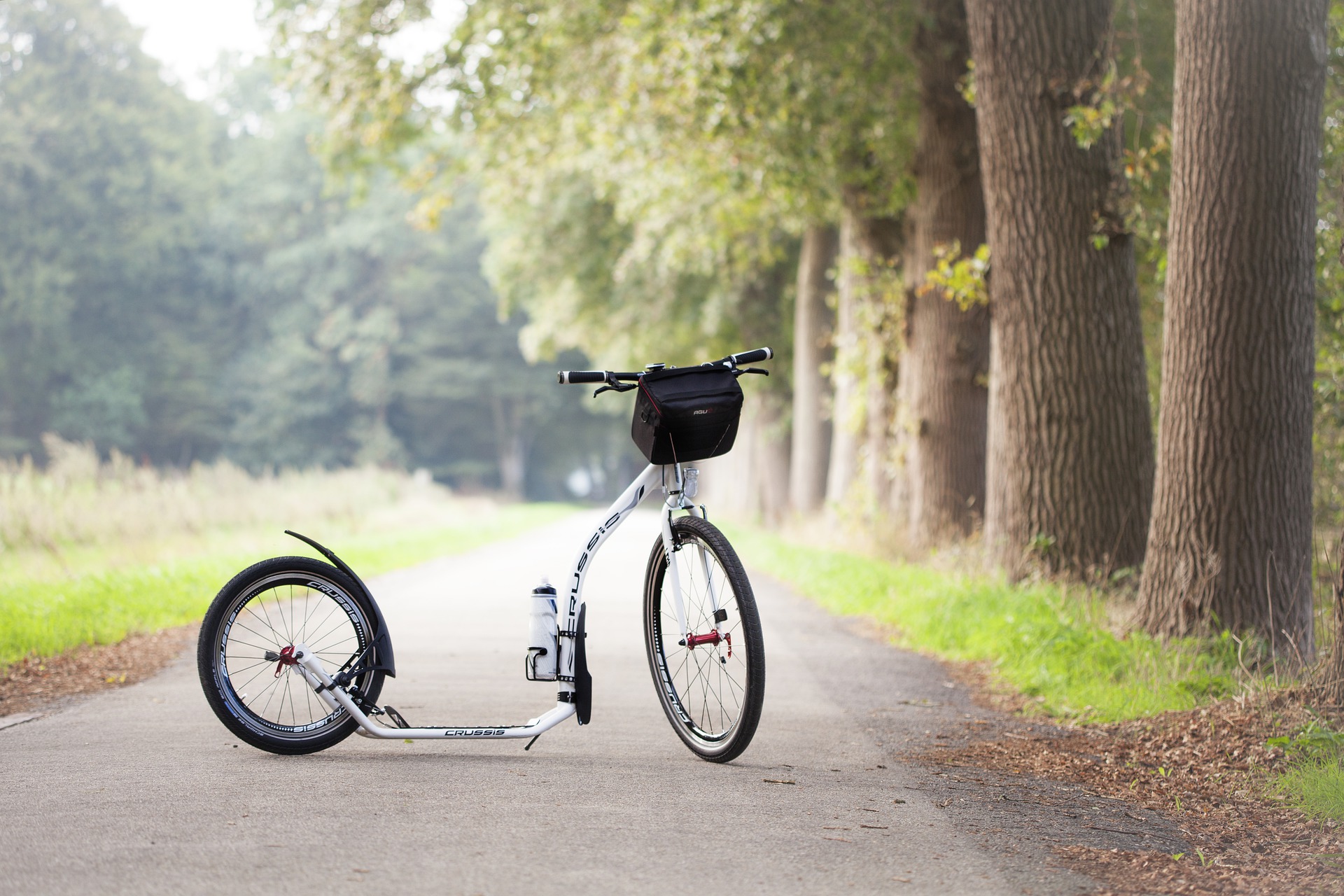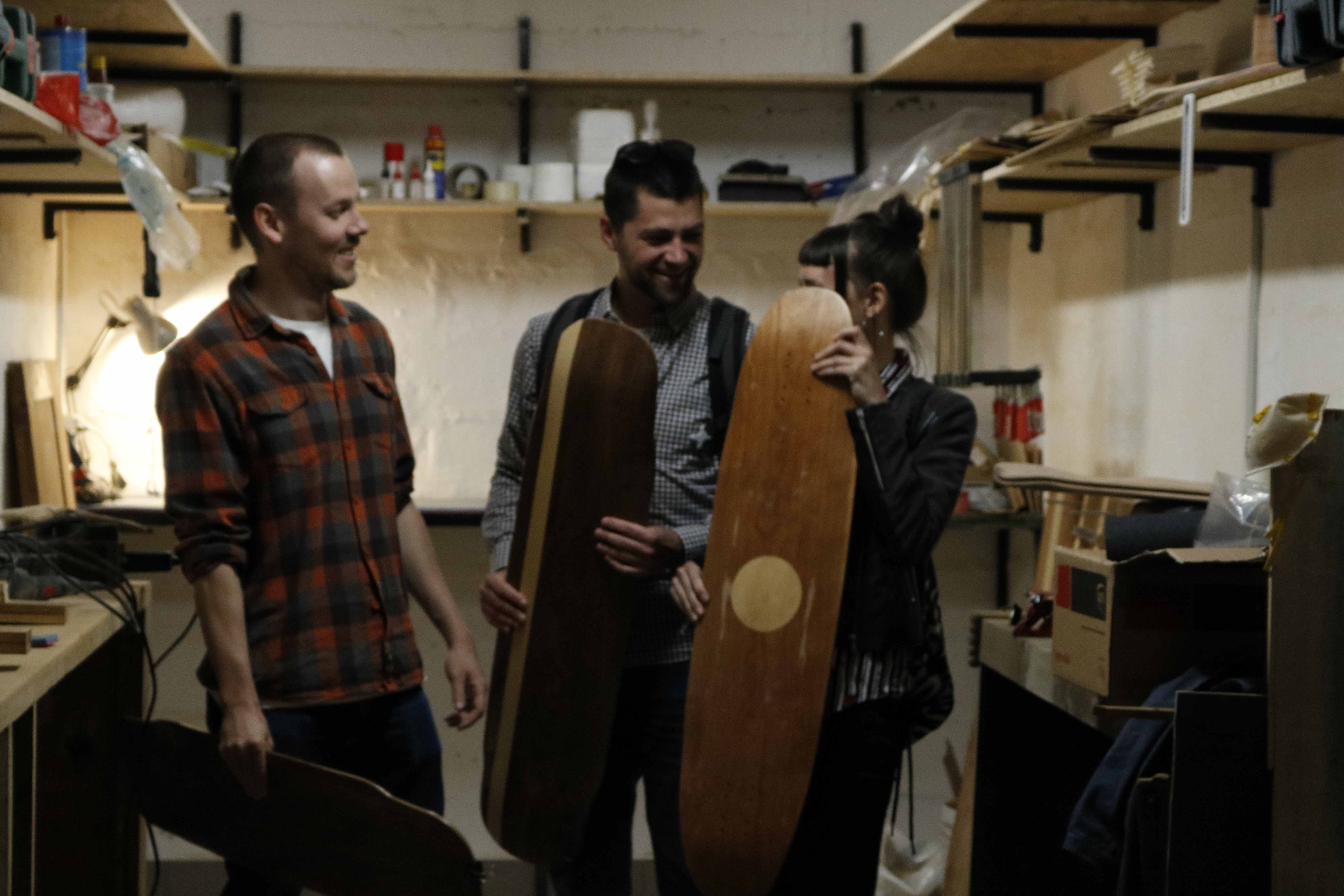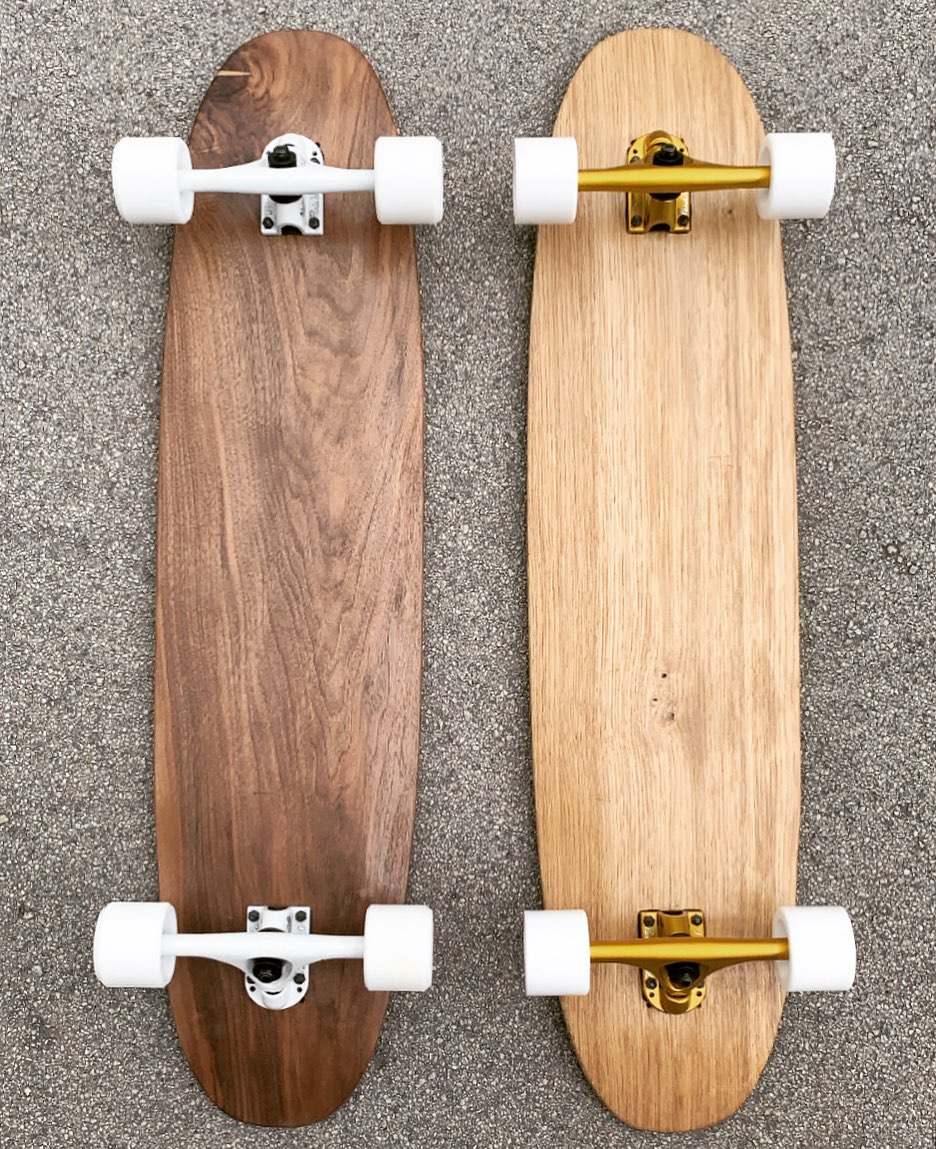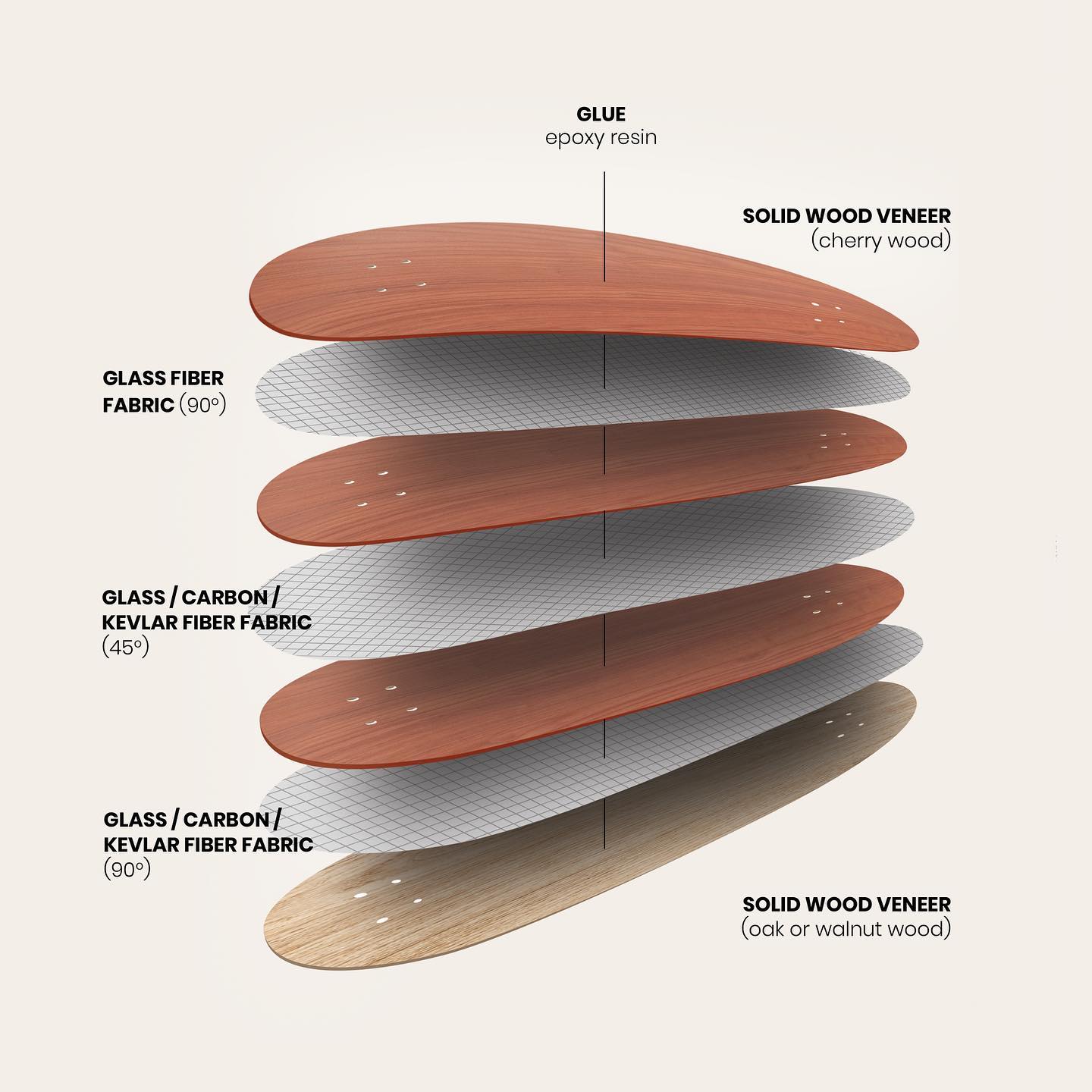New Skate Park Opening on Hidrobaza Beach in Pula
February 17th, 2022 - Construction works are drawing to a close at Hidrobaza beach in Pula, which is getting several new facilities including a skate park, a climbing wall and cycling areas
Hidrobaza beach in Štinjan, Pula has been renovated in stages since 2016, when three breakwaters were built to shield the beach from strong waves and ensure retention of loose gravel.
The place has a lot to offer, including a dog-friendly beach, an accessible area for people with disabilities, shower stalls and other related facilities. There’s also a promenade, a children’s playground, a basketball court, and several hospitality facilities in the area.
As reported by Glas Istre, this year's investments in the amount of HRK 2.1 million are financed by the City of Pula without any additional funding from the Ministry of Tourism and Sports.
The skate park is almost ready to open, with the last of the works completed two days ago. As the freshly poured concrete has yet to dry, the park is still fenced and watched by security guards.
Construction was carried out by the Cesta company, assisted by the company Tonbe from Zagreb, the latter specialising in construction of concrete skateparks and special elements for extreme sports manifestations and events.
Members of the August Šenoa Skateboard Club jumped in to help as volunteers. The biggest skate club in the county is also known for establishing the Vladimir Film Festival, an international event centered around skateboarding culture which put Fažana town on the international skateboarding map.
‘This is a phenomenal skate park. It’s pure California. The sea is 20 metres away, you can nearly make the jump off your skateboard’, said Nikola Racan, an experienced skater and one of the founders of Vladimir Film Festival.
‘It’s perfect. It spans over 500 square metres, it’s not too big or too challenging, and it has a lot of surface. This made Hidrobaza the best place in Croatia. It’s going to be really popular, and it’ll be interesting to see who’ll be having more fun, kids or adults’, added Racan.
For years now, Racan has also been involved in another project, a long-promised and much desired skate park in Fažana near Pula. The plans and designs are there, but the municipality hasn’t shown understanding, although the skater scene in Fažana is one of the most prominent in Croatia. It’s believed that a new skate park would help extend the tourist season in Fažana, as the town could host events that would attract skaters from all over the world.
Croatia Longboards Offer Cool and Green Around-Town Travel
ZAGREB November 19, 2020 - Noticeably bigger than a skateboard, longboards are a cool alternative to urban travel. Meet Croatia's first longboard manufacturers, Crushboards, whose eco-friendly products are healthier to use and way more stylish than other green options
You can walk around some European towns and cities and wonder just where the future is going to fit in. The narrow streets seem to want to accommodate only cars, with pedestrians demoted to the narrow edges. Zagreb isn't like that. Osijek and other towns and cities in Croatia are not like that. With 220 kilometres of dedicated cycle paths, the city of Zagreb and its residents have been quick to adopt the latest green-friendly ways of getting around the urban environment
With 220 kilometres of dedicated cycle paths, the city of Zagreb and its residents have been quick to adopt the latest green-friendly ways of getting around the urban environment
You only need take a glance at the generous cycle paths around Zagreb to see that this is a city that could easily take on the challenges of a future not reliant on fossil fuels – electric scooters, foldaway bikes, gyroscooters, electric skateboards and monowheels have joined bicycles on the streets of Zagreb as an easy means to get round the city. Could longboards be the next popular choice?
Started by three lifelong friends from Čakovec, Crushboards is the first company in the country to make Croatian longboards. Like a skateboard, only bigger, longboards are well suited to the urban environment of a city like Zagreb. Čakovčani (l-r) Marko Hlebar, Davor Nikolic and Sanda Bogdan inside the Zagreb workshop of Crushboards © Vedran Pažin
Čakovčani (l-r) Marko Hlebar, Davor Nikolic and Sanda Bogdan inside the Zagreb workshop of Crushboards © Vedran Pažin
“This board is longer than a skateboard - 100 centimetres in length.,” Crushboards co-founder Marko Hlebar told TCN when we went to visit their workshop in Zagreb. He runs Crushboards with Davor Nikolic and Sanda Bogdan. “It's a bit heavier than a normal skateboard and uses different wheels. You can perform different tricks on each, dependant on the weight of the board, but the main thing for us is that a longboard is easier to ride on in the urban environment, in the city.” Practising on a Crushboards longboard inside a Zagreb park. The boards are intended as much for a regular inner-city commute as they are for such trickery
Practising on a Crushboards longboard inside a Zagreb park. The boards are intended as much for a regular inner-city commute as they are for such trickery
“The wheels are larger so it's easier to travel on one of these in the city than it is on a regular skateboard,” Marko tells us. “It's better for travelling to work or to appointments, your feet get less tired.”
Rather than being the latest cool evolution in skateboards, it turns out that longboards have been around for a long time. In fact, the very first skateboards that were made probably looked more like the hip, eco-friendly product made by Crushboards than a regular skateboard. Crushboards see their main product as part of a lifestyle choice - so, it's little surprise to learn they also make their own super-cool t-shirts and accessories
Crushboards see their main product as part of a lifestyle choice - so, it's little surprise to learn they also make their own super-cool t-shirts and accessories
Skateboards were first made in America during the 1940s as a practice board for surfers who were prevented from taking to the waves because of bad weather. But, during its infancy, there were few options available to manufacturers in the skateboarding industry – boards were made using rollerskate wheels, whose size demanded a board closer to that of today's longboard.
The longboard was, therefore, the first popular urban skateboard and remained so until the 1960s. It has fallen in and out of fashion ever since – the development of ultra-fast wheels saw them rise again in popularity due to them being well suited to downhill racing (the bigger board better absorbs the vibrations produced from speed). The relatively recent phenomenon of longboard dancing has also increased the boards' popularity in Asia.
Like regular skateboards, several different types and designs of longboard exist for different uses. The ones currently made by Crushboards are specifically designed for urban travel. Their boards are made using several thin layers of different materials, which strengthen and provide flexibility when glued together. They are finished on the top side with either oak or walnut, with the other layers holding cherry, teak, fibreglass, carbon, kevlar and two veneers. The wheels and their mounts are currently imported, but Crushboards hope to eventually source as much of the materials required from sustainable sources within Croatia. Inside one of Crushboards' longboards
Inside one of Crushboards' longboards
With 220 kilometres of cycle paths occurring throughout Zagreb, the Croatian capital is quick to embrace green modes of transport. Many Croatians are also health-conscious – a motorised scooter or skateboard might get around the city quickly, but they don't increase your exercise quota. Perhaps there's room on Zagreb's streets for these cool urban alternatives to the skateboards of our youths?
All uncredited photos © Crushboards
City Street Art Decorates Garage of City Center One in Split
September 14, 2020 - Colorful tones, graffiti, and murals have turned Split into a small outdoor stage in recent days, giving it a completely different and fresh look. And this, thanks to the City Center one project called 'City Street Art', which was designed to revive selected wall surfaces in the garages and at the entrances to the center, all to bring this kind of art closer to their visitors, reports Dalmatinski portal.
Street art has been attracting more and more attention in Croatia lately. One of the most deserving people for that is certainly Marko Boko, the organizer of the popular festival 'Graffiti on the grill' (Grafiti na gradele), which is held every summer in Bol on Brač. Wishing to enrich their spaces with color and interesting content in the form of murals and graffiti, City Center One Split invited the artists of the collective to help them with that.
Thus, Lonac, Chez 186, and Sarme threw themselves into painting areas over 500 square meters, which were basic and white, and in addition to giving them a whole new dimension, visitors were able to witness the creative process live and get to know more about this form of creativity and art. Across five days, ingenious colorful street art and graffiti works were created, which will continue to beautify the surfaces of the Center.
With the 'City Street Art' project, another curiosity is attached. Namely, as skateboarding is one of the street sports that is naturally associated with this street art, and Split doesn't have an outdoor skateboard park, nor ramps, City Center one decided to donate a large skate ramp to the Split skateboard club Kolo, which the club will place outdoors of the Gripe Sports Center in Split. In this way, they enabled the members of the club, as well as other skates, BMX, and related enthusiasts to enjoy these sports without hindrance and try various tricks.
It is best to see for yourself the grandeur and uniqueness of these street works of art, and given that graffiti and murals are a fantastic background for photography, in an Instagram competition held from 14 to 23 September, City Center One will reward the most original works with unforgettable shopping.
For the latest travel info, bookmark our main travel info article, which is updated daily.
Read the Croatian Travel Update in your language - now available in 24 languages
XSTATIC in Split Saturday June 4th!
This Saturday June 4th, XSTATIC 2016 will be returning to Split, held in two locations at TŠC Spinut and skate park club Urban Element.
The program will include a full day of skateboarding, a breakdance competition, the finals for the football tournament (mali nogomet) 'Dani Spinuta', and a skate contest in the skate park club Urban Element. The best part? The day ends with a concert at Gripe! Program begins at 16h.


